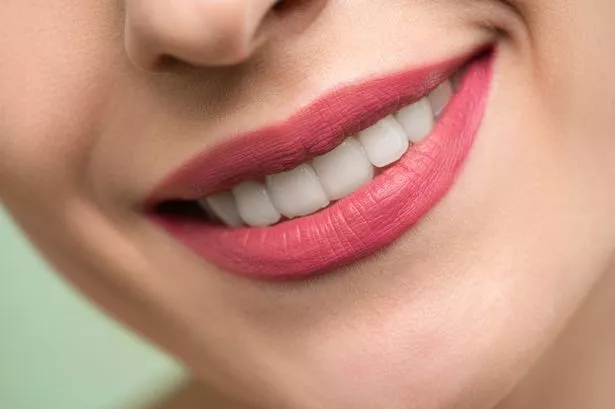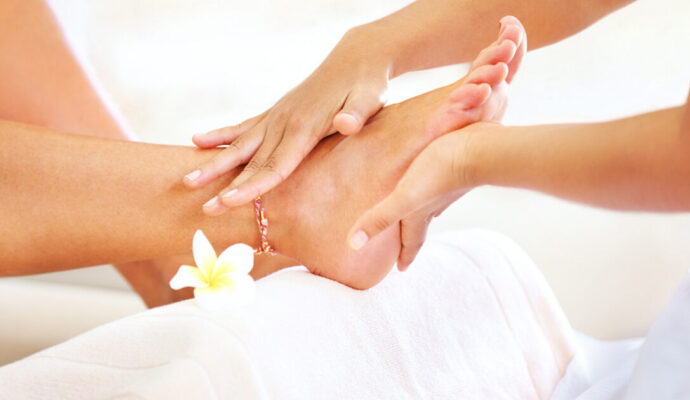Introduction
Teeth grinding, also known as bruxism, affects millions worldwide. This condition can lead to various dental issues, including worn teeth, jaw pain, and headaches. Interestingly, dentists are now turning to an unconventional treatment: Botox for teeth grinding management in Birmingham. Here’s why Botox is becoming a preferred option for addressing teeth grinding problems.
Understanding Bruxism
Bruxism involves the involuntary grinding or clenching of teeth, often occurring during sleep. Stress, anxiety, and certain medications can contribute to this condition. Left untreated, bruxism can cause severe dental damage and chronic pain.
Botox: A Surprising Solution
Botox, commonly known for its cosmetic uses, is a neurotoxin that can relax muscles. When injected into the jaw muscles, it can effectively reduce the tension and contractions that cause teeth grinding. This treatment offers a new approach, providing relief where traditional methods have failed.
How Botox Works for Bruxism
Botox works by blocking the signals from the nerves to the muscles. When injected into the masseter and temporalis muscles, it limits their ability to contract forcefully. This reduction in muscle activity helps decrease the frequency and intensity of teeth grinding.
Benefits of Using Botox for Teeth Grinding
Immediate Relief: Patients often experience relief within days of treatment. The relaxed muscles reduce pain and discomfort associated with bruxism.
Non-Invasive: Unlike surgical options, Botox injections are minimally invasive and require no downtime.
Long-Lasting Effects: Botox can provide relief for several months, making it a cost-effective solution for many patients.
Improved Sleep Quality: Reduced teeth grinding leads to better sleep quality, improving overall health and well-being.
Comparing Botox to Traditional Treatments
Traditional treatments for bruxism include mouthguards, stress management techniques, and dental corrections. While these methods can be effective, they don’t always address the underlying muscle activity. Botox offers a direct approach by targeting and relaxing the overactive muscles responsible for grinding.
Patient Success Stories
Many patients report significant improvements after receiving Botox treatments. Reduced pain, better sleep, and improved quality of life are common outcomes. These success stories highlight the potential of Botox as a viable treatment for bruxism.
Potential Side Effects and Considerations
While Botox is generally safe, some patients may experience side effects such as bruising, swelling, or temporary weakness in the injected muscles. It’s essential to consult with a qualified professional to ensure the treatment is appropriate for your condition.
Conclusion
Botox is emerging as a promising treatment for teeth grinding, offering immediate and long-lasting relief. Its ability to relax jaw muscles provides a novel solution for those suffering from bruxism. If you struggle with teeth grinding, consider discussing Botox with your dentist to explore this innovative option.




More Stories
Professional Pedicure in London: Treat Your Feet the Right Way
Why Botox is a Good Treatment for Teeth Grinding?
Sunekos Treatment: The Non-Surgical Solution for Youthful Skin